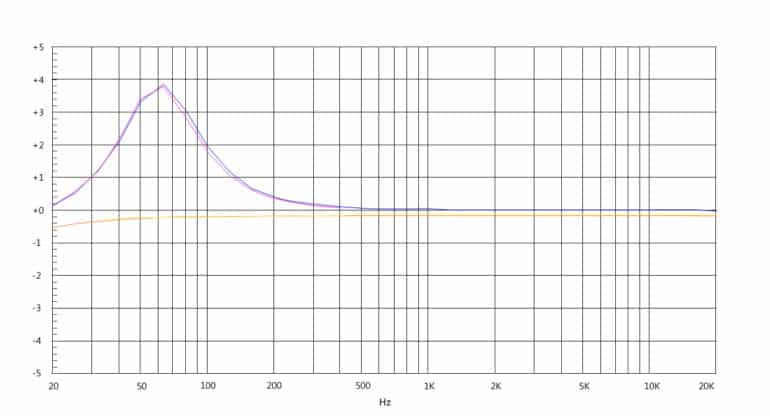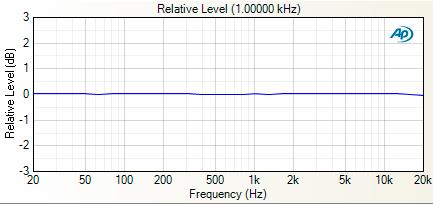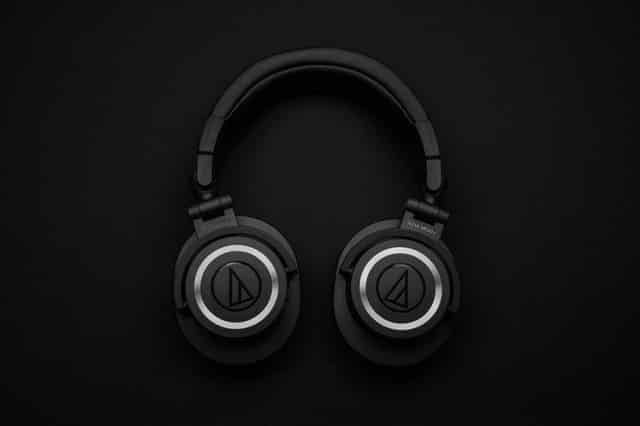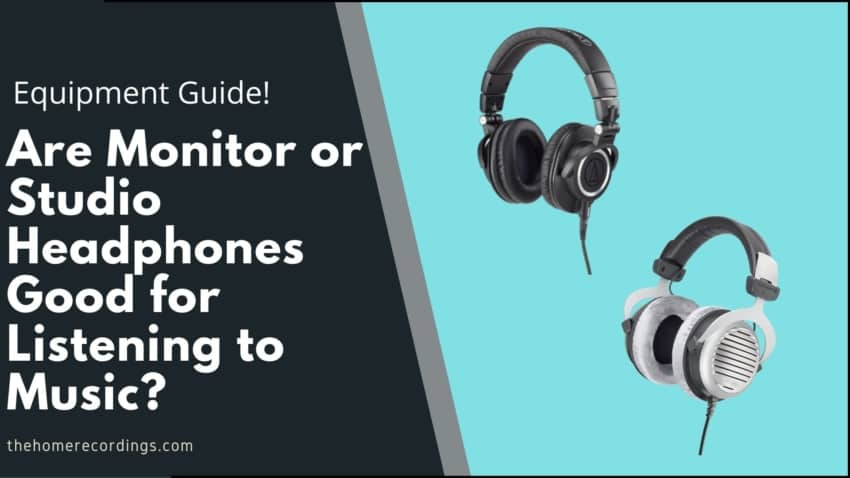Last updated on February 18th, 2022 at 09:47 am
Years ago, right when I got started getting interested in buying recording gear for my home, the headphones that I normally used to listen to music broke, so I wondered if I should get regular commercial headphones again or if I should spend a little extra and get some really expensive, high-quality ones, since I didn´t know if they would sound good enough connected to my phone.
So I did some research, tried a couple of them out and then decided to buy a pair.
So…
Are studio/monitor headphones good for listening to music?
Monitor headphones are designed to sound accurate, and therefore don’t have an artificially boosted low-end or enhance the audio in any way, meaning that you will be listening to music without any alterations. If you’re not a professional music producer, studio headphones will still be great for listening to music.
Monitor Headphones are designed to sound accurate and not just pleasing, since they are mostly used, as the name implies it, to monitor a recording in the studio.
The producer has to be able to hear EXACTLY how everything sounds to that they can adjust / modify the sound, depending on what the song needs.
There are a couple of things that make them different to consumer grade Headphones.
There is no increased bass level
You may have noticed that current music has a lot more Bass to it than older music.
Every commercial song out there today sounds as if it was intended to be played in a club, with the low end just cranked up to the roof, so it´s no wonder that our ears have gotten used to that kind of sound and when we hear something different it feels wrong.

Commercial headphones increase the bass automatically, some even have a “Loudness” switch to enhance the bass levels even more, simply to give us that kind of sound.
That’s why, when listening through a pair of monitor headphones, the song just sounds different, it´s not a question of “which one is better?” but, what kind of sound you like more.
Think of it this way; if the bass is too high, maybe there are some other elements of the song that you are not being able to perceive as well as you should, and simply by switching to a set of headphones that don´t have that added bass, it gives the song a whole new personality.
They have a very wide and flat Frequency Response

Ok, what does that mean? The human ear can hear from 20Hz (Bass) up to 20.000Hz (treble), most people at least can.
Having a wide Frequency response means that they can reproduce sounds in the full spectrum that a person can hear ( from 20hz to 20.000hz), while saying that they have a flat Frequency response means that they reproduce each frequency (lows, mids or highs) at the same volume, without altering the sound.
Of course, when you look at the graphic above, that would be an absolutely flat frequency response, most headphones do have a slight bump or cut here or there to enhance the sound a bit.
Still, nothing compared to commercial ones.
When you look at the specifications of a set of headphones, almost all of them specify that they operate in that frequency spectrum.
So you think to yourself ” dear god they can reproduce every sound a human can hear and only cost 5 bucks!!!, thinking that this alone will make them a good choice and you buy them as fast as you can only to find out that once you put them on, the sound quality isn´t actually what you expected.
Sadly, the truth is that those numbers are only a tiny part of the story. The drivers or speakers in the headphones may be able to reproduce those frequencies BUT not each of them at the same volume or clarity.
Some of them might reproduce the low end louder, while some others the mid or high end.
The result is that you feel as if you were listening to a very badly equalized recording.
The monitor Headphones have a wide and flat Frequency response, which simply means that they reproduce every sound a human can hear, and the output is equal at all frequencies.
Comfortable design for extended use
Since they are mostly designed to be used during recording sessions in the studio, they NEED to be comfortable, which means that most of them are, sadly not all of them.
The person wearing them should almost forget that he´s got them on.
Otherwise they wouldn´t be able to do their job properly.
Most of them are open back though, so be careful which ones you purchase.
For day to day use you will definitely need closed back ones, but more on that later.
They are robust and well built
Like stated above, these headphones were designed to be used in a studio environment, which means they have to go through a lot of wear and tear, the cables get tangled up, they sometimes fall to the ground, they get sweat on them, you name it!
They are designed to resist all of that.
The cables are usually a lot thicker, increasing their lifespan a lot.
Some of them, like my favorite the Sennheiser HD650, can be disassembled and individual parts are available for purchase, should some of them need replacing.
These ones however, I would not recommend for someone who just wants to listen to music, especially in a public form, at work, while travelling, etc.
The reasons for this are mainly two, they are really expensive compared to commercial Headphones and also, they are Open back Headphones.
Which brings me to the next point…
Use Closed Back Headphones

Open back means that the driver is in direct contact with the exterior, they don’t isolate you from external sounds at all.
So naturally, using them in public places won’t work, not only because everyone will be able to hear whatever it is you are listening to, but also, you will be able to hear all your surroundings.
Using closed back Headphones for listening to music is crucial, since they won’t bleed sound everywhere and they will also isolate you from the outside world.
Open back headphones have their advantages though, but they aren’t designed for everyday use.
They Need more Power
Most high-quality headphones, especially open back ones, require a lot more power to be driven than small commercial ones.
Closed back headphones can usually be driven by any cell phone, but make sure to check the specifications or try them out before you buy.
Otherwise they either won’t sound as good or you the volume will be extremely low.
If that happens, you can only do one thing which is purchasing a headphone amp and obviously you wouldn’t want that, since i assume you’ll be using them while commuting to work, etc. and it’s another piece of equipment you have to carry around.
In conclusion
Yes, you can absolutely listen to music on studio / monitor headphones, once you get used to it you will appreciate it.
Are they for everyone? Probably not, some people really like the booming bass sound. It´s up to you.
From my personal point of view, I have to say that I enjoy Studio headphones a lot more, the music sounds clearer and I don´t get fatigued, neither from the sound nor from wearing them (if they are the comfortable ones).
But in my case, I use the Sennheiser HD650 and only at home, since i can use a headphone amp with my Audio Interface and it’s not that inconvenient.
Carrying an external headphone amp around is definitely not what you want.
Update: I’ve been using the Audio-Technica ATH-M40x recently, which are affordable closed-back headphones and I have to say that I absolutely love them.
The sound quality is fantastic, they are built quite well, and they don’t cost a fortune. Basically, they are great starter headphones.
So again, yes, they are much better than commercial headphones in general, but make sure that your playback device has enough power.
Hope you liked the info!

thanks
Great information. Very clear and to the point!
Thank you!
Thanks for this.
I have some hearing loss ( industrial noise). This artical has been useful
Thank you for sharing! Very helpful 🙂
Very helpful! Thanks for writing
Nice little article. Well done. 😊